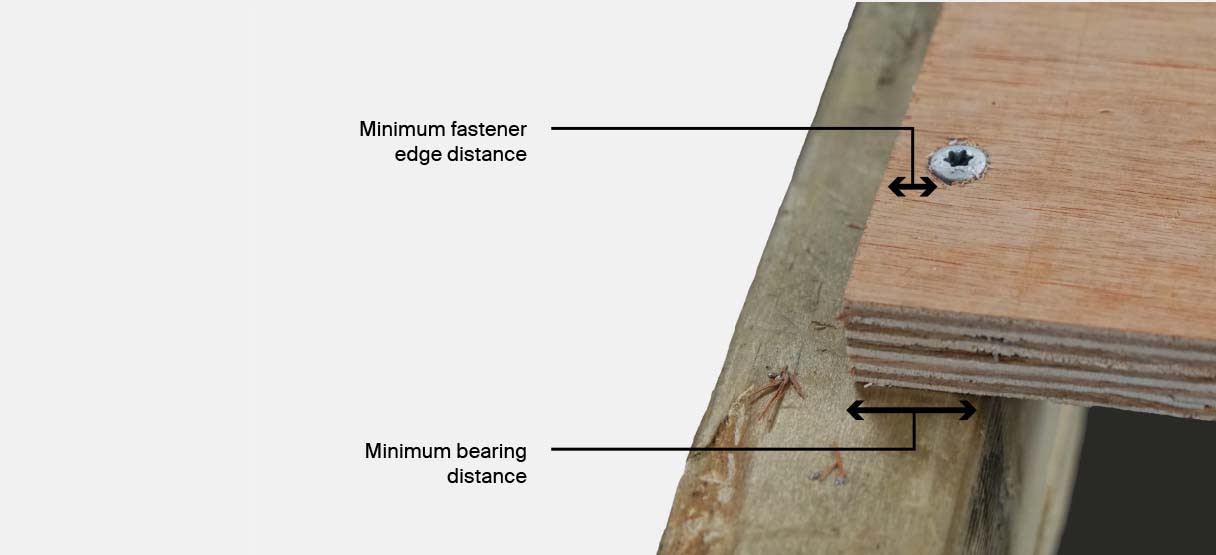
What is the fixing pattern for ply and OSB decks?
- Read time: 3.5 minutes
- Date: 17 Jun 2022
- Flat Roofing
A roof deck is part of the building structure, and its design is the responsibility of the build architect or engineer. Industry best practice states that:
Plywood decking should be installed at a moisture content of 14–18% and laid with a gap between boards of 1mm per metre of panel size. Boards should not be laid at a moisture content in excess of 18%. Panels should be fastened securely to joists with ring shank nails or screws at 300mm centres.
SPRA 2020 Single Ply Design Guide (Page 44)
What is the correct fixing pattern for ply and OSB decks?
When fixing ply and OSB roof decks, the BM TRADA PANEL GUIDE states that:
Panels should be continuously supported along all edges – short edges should be butted at joists and long edges supported by noggins … minimum fastener edge distance of 8mm should be maintained and a minimum 18mm bearing of the edge of the board onto the joist.

If fasteners are being used in this application, we recommend a minimum thread engagement into the joist of 35mm. This means that a fastener with a minimum length of 53mm should be used. Stainless steel A2/A4 are recommended to ensure corrosion resistance.
Panels should be fastened securely to each joist at 300mm centres. This will generally equate to 25 – 36 fasteners per 1.2 x 2.4m board.
The minimum edge distance for nails or fasteners should be at least 8mm and fixings should be installed into every joist.
If joists are spaced at more than 600mm centres, then specialist advice should be obtained from a structural engineer.
What factors determine the fixing patterns used on ply and OSB decks?
The fixing pattern and fastener density must prevent wind uplift, but for certain projects, this will not be the only factor that needs to be considered when fixing a structural deck.
The stressed skin principle of nailed or screwed boarding over a joisted frame means the deck braces the supporting members against lateral racking forces and creates load-sharing. As a result, the number of fasteners required generally exceeds the minimum needed to resist wind uplift alone. The level to which the stressed skin principal is essential will depend on how the rest of the building is structured and the likelihood of high dynamic loading. If the deck is designed using the stressed skin principle, always follow the fixing advice given by the structural engineer or building designer.





